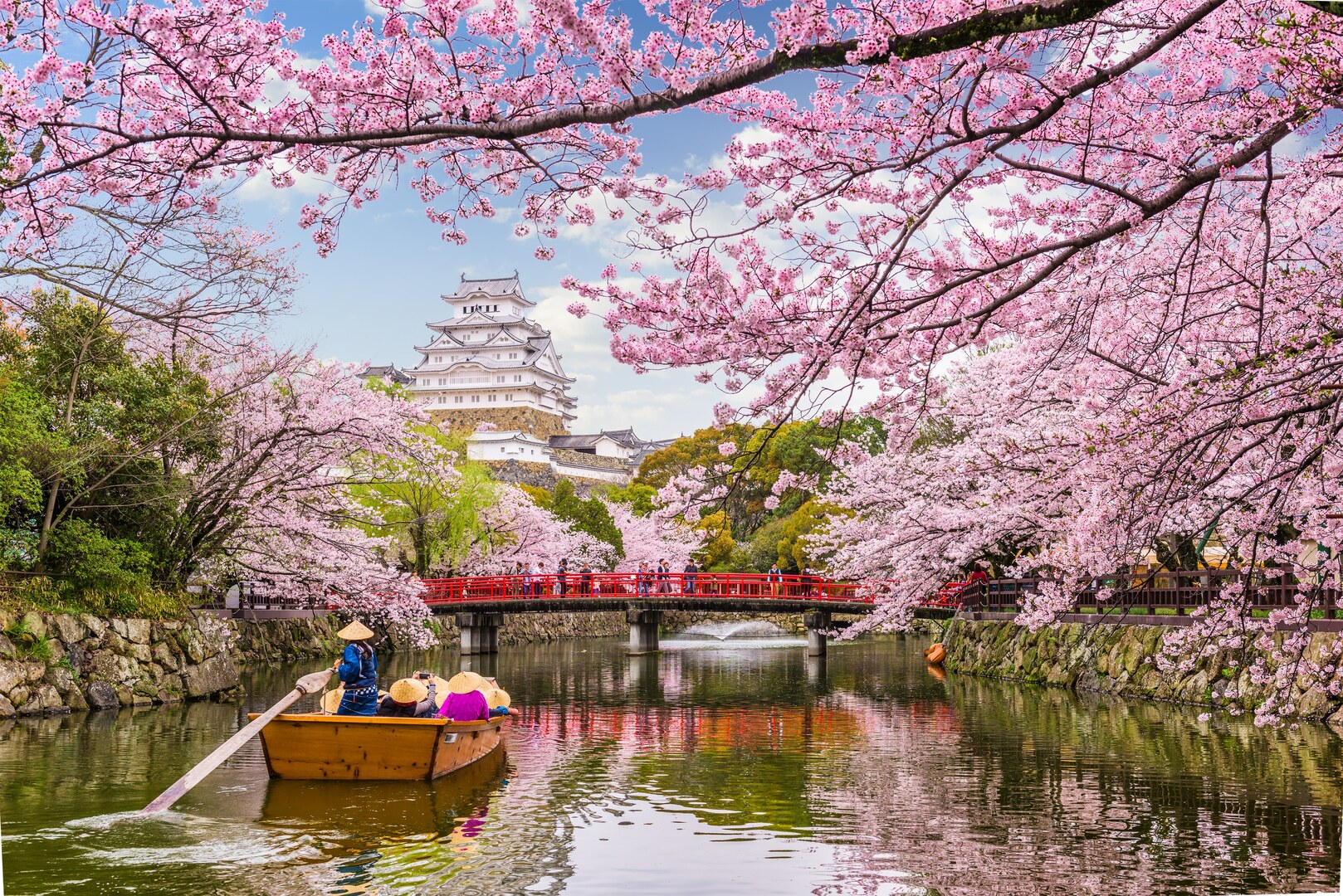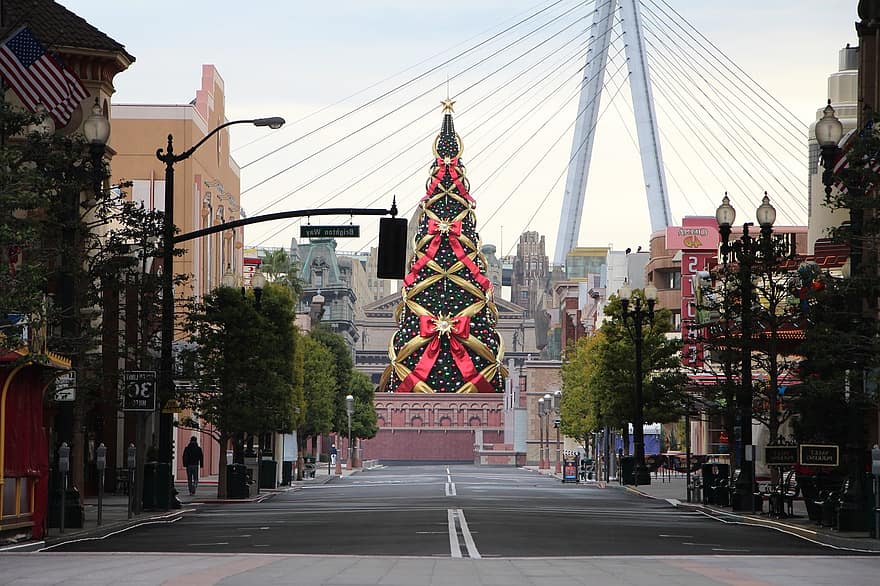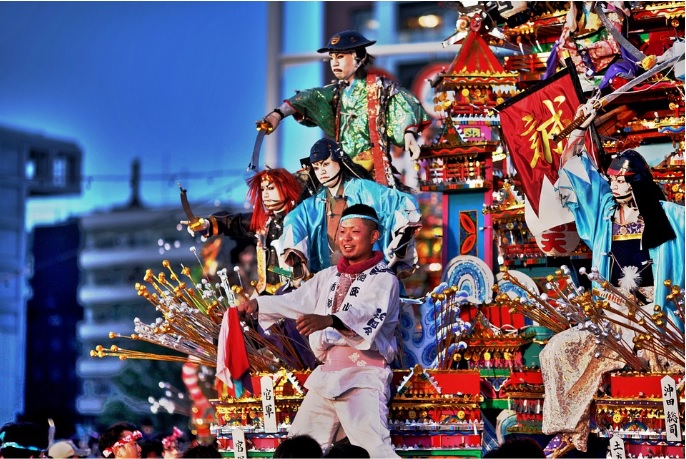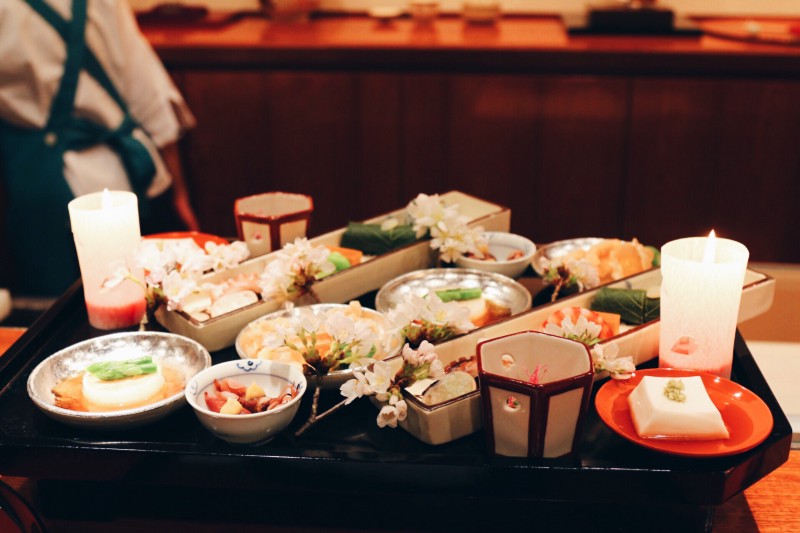
One thing to look forward to when visiting Japan is the Kaiseki, a beautifully artistic and multi-sensory dining experience. It is also known as the kaiseki-ryori, since both terms refer to a traditional Japanese multi-course dining experience commonly associated with the city of Kyoto.
The term 'kaiseki' means hot stone in a kimono fold, and it is believed that Zen priests would put hot stones wrapped in towels on their stomach to cure the hunger they felt during morning and nightly prayers. Originally, it was just a simple vegetarian meal served during tea ceremonies. These days, it is no longer a strictly vegetarian meal--it could also include both meat and fish.
A kaiseki dinner consists of 6-15 meals, which consist of an appetizer, sashimi, a simmered dish, a grilled dish, and a steamed course, in addition to other courses at the discretion of the chef.
Sakizuke - For the first item served, the chef offers an appetizer similar to the French amuse-bouche. it's a bite-sized appetizer given to the guest to prepare them for the upcoming meal.

Hassun - it is the second course which sets the seasonal theme, it typically consists of one sushi dish and a few other bite-sized appetizers.
Mokozuke - a dish with slices of seasonal sashimi, it usually serves 2-3 different kinds of fish.
Takiawase - a mix of vegetables served with pieces of meat, fish, or tofu.
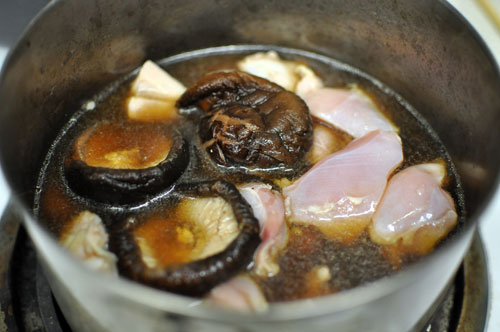
Futamono - a flavorful soup that is served to the guest. it may be any kind of soup from beef, pork, vegetables, and a lot more.
Yakimono - various kinds of food that have been lightly seasoned and grilled to perfection. This may consist of fish, seafood, or vegetables served on a skewer.
Suzakana - a small palate cleanser to rid the strong taste of the food that was taken earlier. this comes in many forms, such as pickled ginger or sobet.

Hiyashi-bachi - chilled and lightly cooked vegetables that are served during summer. If you visit the Ryokan during another season, they most likely won't be providing this part of the Kaiseki.

Naka-choko - another dish to cleanse the palate, a light soup may be provided.
Shiizakana - the main course of Kaiseki and is usually served as a Hot Pot meal such as Chankonabe.
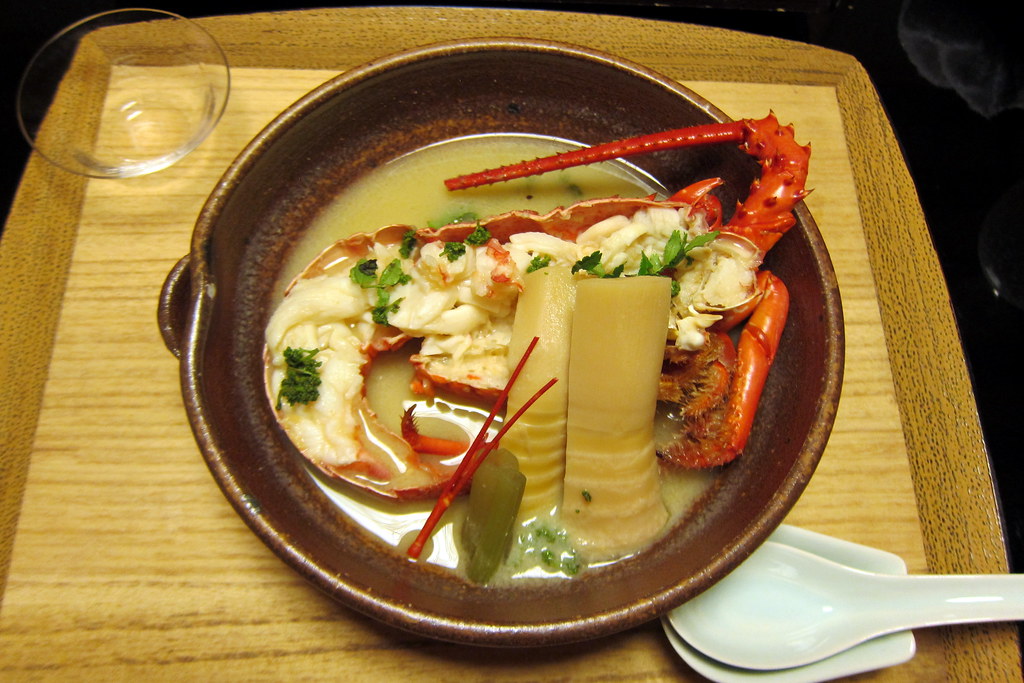
Gohan - a rice dish that is made with simple yet flavorful ingredients such as eggs and mushrooms.

Konomono - a small plate filled with pickled vegetables are served next, majority of guests would already be full by this stage.
Tome-wan - the second to the last meal that is served, it is a miso-based or vegetable soup served with rice.
Mizumono - the last course of Kaiseki is a seasonal dessert; it may be fruit, confection, ice cream, or cake.

The menu for Kaiseki dining changes frequently throughout the year to keep up with the season's best and freshest ingredients. Most importantly, all the ingredients are served fresh which is why it's very important for guests to arrive on time at the Ryokan (inn). These meals often range around 15,000 to 40,000 yen but if you're willing to splurge during your trip, this is one experience you shouldn't miss out on.
